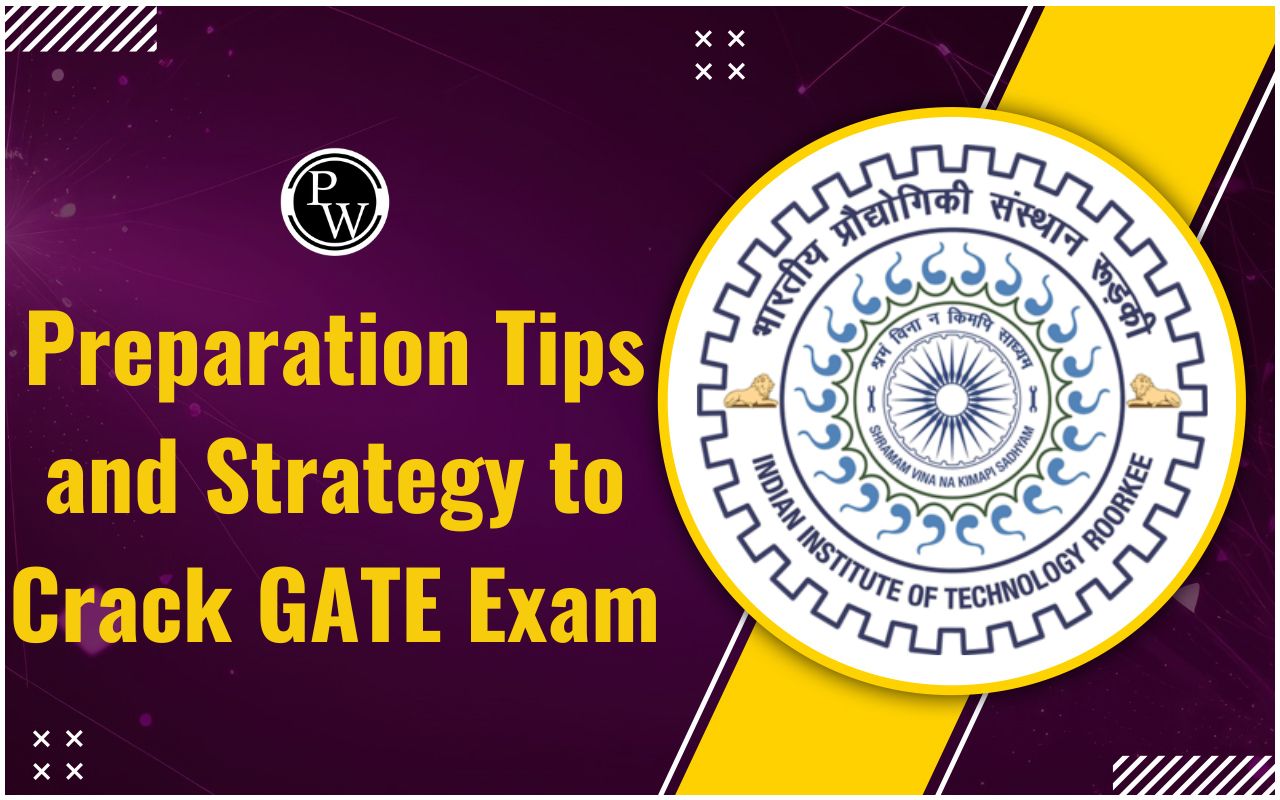15 New Science Fair Project Ideas 5th Grade

15 New Science Fair Project Ideas 5th Grade:- Fifth graders are naturally curious about the world around them. They see things happening every day, plants growing, bubbles popping, water filtering and often wonder, “Why does this happen?” Science fair projects are a fun and exciting way to answer those questions while making learning more interactive. Instead of just reading about science in books, kids get to experiment, observe, and discover things for themselves.
Besides, science fair project ideas for 5th grade don’t have to be complicated. With simple materials and easy steps, students can explore cool topics like making their bouncy balls, testing different slime recipes, or even finding out if a dog’s mouth is cleaner than a human’s. These hands-on activities help develop problem-solving skills, boost creativity, and make science feel like an adventure.
Whether it's for a school competition or just for fun at home, these science project ideas for 5th grade are a great way to spark curiosity and encourage young minds to think like real scientists. So, grab some materials, pick a project, and get ready to explore the wonders of science in the most exciting way possible!
Buy Junior Science Kit for Girls and Boys with 50+ Experiments of Color, Craft & Science!
15 New Science Fair Project Ideas 5th Grade
1. Do Plants Grow Faster in Different Light Colours?
Ingredients:
-
Small potted plants
-
coloured cellophane (red, blue, green, yellow)
-
Flashlights or natural light source
-
Watering can
-
Ruler
-
Notebook
Steps:
-
Cover each plant with a different colour of cellophane.
-
Place all plants in the same location to ensure equal sunlight exposure.
-
Water them daily and observe their growth.
-
Measure the height of each plant after a week.
-
Record which plant grows the tallest.
Result: Some colours may help plants grow taller while others may slow growth.
2. Can You Make an Egg Float?
Ingredients:
-
2 clear glasses
-
Water
-
Salt
-
Eggs
-
Spoon
Steps:
-
Fill one glass with plain water and the other with saltwater.
-
Place an egg in each glass.
-
Observe if the egg floats or sinks.
-
Add more salt to the water and check again.
-
Record observations.
Result: Saltwater makes the egg float, proving that adding salt increases water’s density.
3. How Strong is a Spider’s Web?
Ingredients:
-
Spider web sample (collected gently)
-
Sewing thread
-
Small weights
-
Tweezers
-
Ruler
Steps:
-
Carefully collect a spider web using a frame.
-
Tie sewing thread and spider web separately to hold small weights.
-
Add weight gradually to each material.
-
Observe which one breaks first.
-
Record observations.
Result: Spider silk is surprisingly strong compared to sewing thread.
4. How Does Soda Affect Teeth?
Ingredients:
-
Hard-boiled eggs (representing teeth)
-
3 cups
-
Soda, water, juice
-
Toothbrush and toothpaste
Steps:
-
Place an egg in each liquid.
-
Leave for 24 hours.
-
Remove and observe colour or texture changes.
-
Brush the eggs with toothpaste.
-
Record any differences before and after brushing.
Result: Soda stains and weakens the eggshell, similar to how it affects teeth.
5. Which Paper Towel is the Most Absorbent?
Ingredients:
-
Different paper towel brands
-
Water
-
Measuring cup
-
Timer
Steps:
-
Pour the same amount of water onto a flat surface.
-
Place a paper towel on the water and time how long it takes to soak up.
-
Measure how much water is left.
-
Compare the results.
Result: Some brands absorb more water faster than others.
Check out these amazing Science kits for your kid.
6. Can You Make a Homemade Compass?
Ingredients:
-
Sewing needle
-
Small magnet
-
Bowl of water
-
Cork or foam piece
Steps:
-
Rub the needle with the magnet in one direction for a minute.
-
Place the needle on a floating cork or foam in water.
-
Observe the direction it points.
-
Compare with a real compass.
Result: The needle aligns with Earth’s magnetic field and acts like a compass.
7. How Does Temperature Affect Ball Bouncing?
Ingredients:
-
3 identical balls
-
Freezer
-
Hot water
-
Ruler
-
Hard surface
Steps:
-
Chill one ball in the freezer, warm another in hot water, and leave one at room temperature.
-
Drop each ball from the same height.
-
Measure how high each bounces.
-
Compare the results.
Result: Warmer balls bounce higher due to increased elasticity.
8. Can You Make a Homemade Water Filter?
Ingredients:
-
Plastic bottle
-
Sand, gravel, charcoal
-
Coffee filter
-
Dirty water
-
Glass container
Steps:
-
Cut the bottom off the bottle.
-
Layer sand, gravel, and charcoal inside.
-
Place a coffee filter on top.
-
Pour dirty water through and observe.
-
Record changes in clarity.
Result: The filter removes dirt, improving water clarity.
9. Can You Make an Invisible Ink Message?
Ingredients:
-
Lemon juice
-
Cotton swabs
-
White paper
-
Heat source (lamp or iron)
Steps:
-
Dip the cotton swab in lemon juice and write a message.
-
Let the paper dry completely.
-
Hold the paper near a heat source.
-
Observe the hidden message appearing.
Result: Heat makes the lemon juice oxidize, revealing the message.
10. Can You Make Static Electricity?
Ingredients:
-
Balloon
-
Small paper pieces
-
Wool fabric
Steps:
-
Blow up a balloon.
-
Rub it against wool fabric for a few seconds.
-
Hold it near paper pieces.
-
Observe if the paper sticks.
Result: Rubbing creates static electricity, attracting paper.
Also Check, STEM Kits
11. Does Sugar Affect Water Freezing?
Ingredients:
-
2 cups of water
-
Sugar
-
Freezer
Steps:
-
Mix sugar into one cup of water, leaving the other plain.
-
Place both in the freezer.
-
Check every hour to see which freezes first.
Result: Sugary water takes longer to freeze.
12. Does Music Affect Plant Growth?
Ingredients:
-
2 identical plants
-
Speakers
-
Watering supplies
Steps:
-
Place one plant in a quiet room and another near music.
-
Water them equally.
-
Observe their growth over time.
Result: Music may help plants grow better.
13. Can You Make a Homemade Volcano?
Ingredients:
-
Baking soda
-
Vinegar
-
Small container
Steps:
-
Fill a container with baking soda.
-
Pour vinegar inside.
-
Observe the bubbling reaction.
Result: A fizzy eruption forms from carbon dioxide gas.
14. Do Hands-Free Soap Dispensers Work Better?
Ingredients:
-
Soap dispenser
-
Hand sanitizer
-
Petri dishes
Steps:
-
Use a regular soap pump, then a hands-free one.
-
Swab hands and place samples in petri dishes.
-
Observe bacteria growth.
Result: Hands-free dispensers reduce germs.
15. Can You Clean Coins with Ketchup?
Ingredients:
-
Dirty coins
-
Ketchup
-
Water
Steps:
-
Cover coins in ketchup.
-
Wait 10 minutes.
-
Rinse and compare cleanliness.
Result: Ketchup removes tarnish from coins.
Check Out: Slime Kit for Kids
Precautions To Be Taken While 5th Grade Science Experiments
-
Must wear gloves, safety goggles, or a mask while handling chemicals, hot objects, or anything that could cause irritation. This protects the skin and eyes from accidental spills or harmful substances.
-
Always have an adult present when using heat, sharp objects, or electrical equipment. Their guidance helps prevent accidents and ensures the experiment is conducted safely.
-
Work in a well-ventilated area if the project involves substances that release fumes or strong odors. Proper airflow prevents inhalation of harmful gases.
-
Read and follow instructions carefully before starting the experiment. Skipping steps or guessing the process can lead to unsafe reactions or incorrect results.
-
Handle glassware and sharp objects with care to avoid breakage and injuries. If glass breaks, clean it up immediately using protective gloves.
-
Do not taste, inhale, or mix unknown substances without knowing their reactions. Some combinations can be dangerous and produce toxic fumes.
-
Dispose of waste properly after the experiment. Some materials should not be thrown in regular trash or poured down the sink. Follow safe disposal methods.
-
Keep electronic devices away from water if the experiment involves batteries or circuits. Water can cause short circuits or electric shocks.
Science Project Ideas for 5th Grade FAQs
-
What are some easy science fair project ideas for 5th grade?
Some simple ideas include testing the pH levels of drinks, making a water filter, growing plants in different conditions, or experimenting with different slime recipes. -
How do I choose a good science fair project?
Pick a project that interests you and involves a question you’re curious about. It should also be simple to do with materials you can easily find at home or school. -
What materials do I need for most science projects?
Common materials include water, vinegar, baking soda, paper, food colouring, test tubes, measuring cups, and household items like glue, cornstarch, or soil. -
How long does a science fair project take?
It depends on the experiment. Some can be completed in an hour, while others, like plant growth experiments, may take several days or weeks. -
Do I need an adult to help with my project?
Yes, for safety reasons, an adult should assist when handling hot objects, chemicals, or sharp tools. Some projects also require supervision to ensure accurate results.










